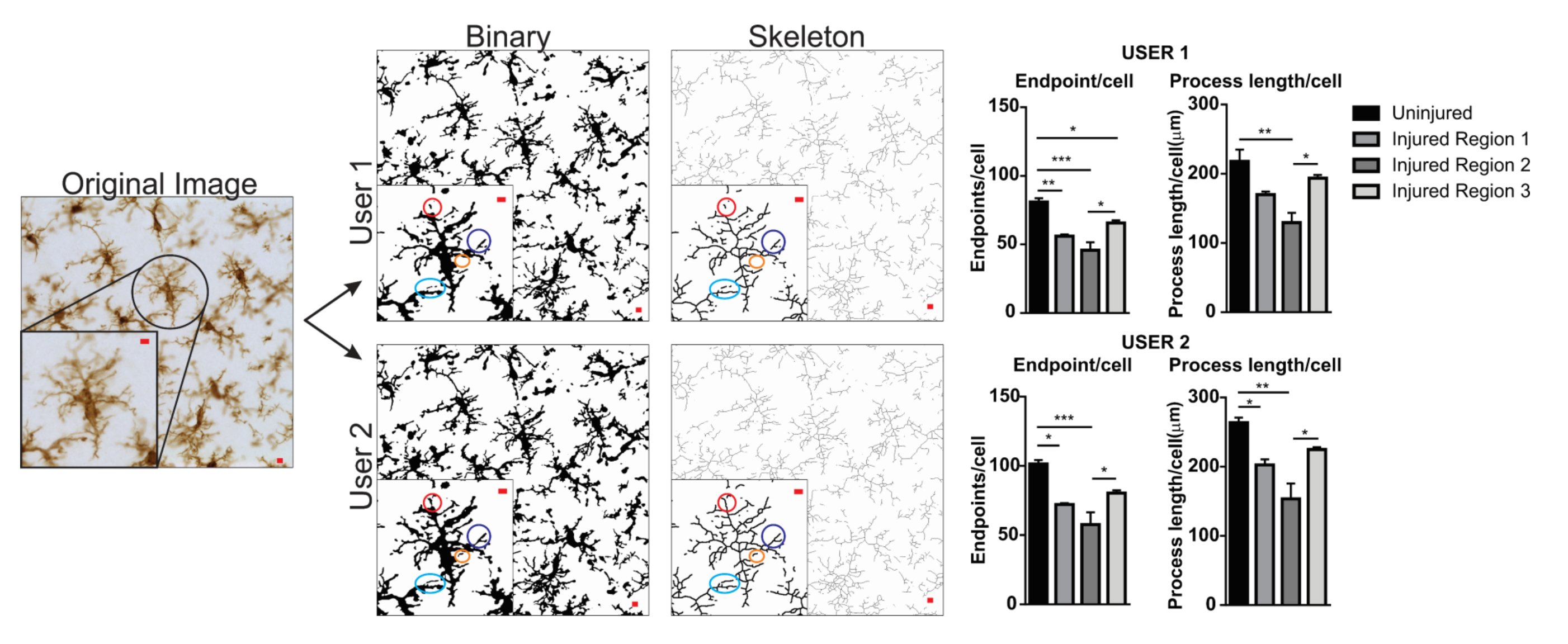
Then the selection is set to be the newly created spot, which allows you to quickly trace tracks by moving through frames and pressing the A key over the desired location. When the mode is on, new spots will be automatically created to the spot in the selection (if there is only one). Press ⇧ Shift + L to toggle the auto-linking mode on/off. The auto-linking modeĬreating long tracks this way would be tedious, as you would always have to select a spot before creating a link. Removing a link is done the same way: Select exactly two spots that are connected by a link, and press the L key. The only impossible things is to create a link between two spots that belong to the same frame. A spot can have several link arriving or departing from it. It should be immediately displayed, as on the example on the right.Īs you can see, there is nothing that prevents you from creating a link over many frames, between any two spots. Once you have two spots in the selection, you can create a link between them by simply pressing the L key. To empty the selection, click on an empty (no spot) part of the image. Selected spots are highlighted with a green, thick circle. To add or remove a spot from the selection, use ⇧ Shift + Left Click. To create a link, we need exactly two spots to be in the selection. When you click in a spot, the selection is made of this spot, and all views are centered on the target spot. The selection in TrackMate is a very useful tool for inspection, particularly because it is shared amongst all the possible views of a session, including e.g. We need at least a couple of them in consecutive frames. To go on, create a few spots above the bright blob of the source image.
Manual tracking imagej how to#
Here is how to do it directly on the image.
You can do it in TrackScheme, as explained elsewhere. Tracks are created on the fly when you link several spots together. ⇧ Shift + Q and ⇧ Shift + E change the radius by a larger amount.Īll we have done so far was to create single spots, that are not part of any tracks. To change a spot radius, press Q and E over the target spot.To delete a spot, press the D key with the mouse over the target spot.To move a spot around, press ␣ Space with the mouse over the target spot.By default, the new spot will have the radius of the last spot you edited. To create (or add) a spot, press A with the mouse at the desired location.With this tool selected, you can now make the image window active and use the mouse of the keyboard to create spots. You just have to make sure that the TrackMate tool is selected in the ImageJ toolbar: The default view (the one that re-uses the HyperStack viewer of ImageJ) can readily edit the tracks. Notice also that the color scales for both spot and track features display a dummy range. Notice that we are already displaying the Display options panel of the classic GUI, and that the previous button is disabled at the bottom. You should should get the layout pictured on the right.
Manual tracking imagej manual#
Pick the Plugins › Tracking › Manual tracking with TrackMate menu item. That would work well, but we offered another entry point that has a simpler GUI dedicated to manual tracking. You can find it in File › Open Samples › Tracks for TrackMate (807K).Īs for the TrackMate plugin, you could start it up normally, selecting Plugins › Tracking › TrackMate in the menu, and then when offered to select a detector and a tracker, always pick the manual one. We will use the same, simple dataset that for Getting started with TrackMate. This small tutorial here shows how to do a fully manual annotation with TrackMate. I'm not enough good to write something like that but maybe it can give some ideas.The previous TrackMate tutorial - Manual editing of tracks using TrackMate is dedicated to manually correcting the results of an automated process.

And why not at least treat it like the tracking segment (for linking them for example etc.) and use a plug-in like track painter to show it. Maybe what I'll say is stupid but for example just clic the path you want to follow (it add X Y Z and T coordinate) and then try to link them with the shortest way like that even if you don't move in Z or go up or down it doesn't change anything the only things to do is to keep a "chronological" way to clic. In my opinion the way it link all the "clic point" together like a tracking could be an interesting way to do it

I have tried the segmented line for each z section but it not possible to link them together I have done the tracking (with manual tracking) and it work till your path only "goes into deep" (as your z become t you can only add some time)įor the segmentation, in my case its a tube that's why I can't use the segmentation.


 0 kommentar(er)
0 kommentar(er)
